The self-proclaimed online “paella police”, Wikipaella, presented on Monday their latest list of restaurants that meet their strict paella authenticity standards.
While it's common to see eateries around the country boasting to serve “real” versions of the Valencian rice dish, Wikipaella likes to remind everyone that the “cultural heritage” of the meal is actually often lost in adaptations that artificially colour the rice yellow rather than using the traditional saffron.
This year Wikipaella awarded 262 restaurants with their stamp of approval for serving up authentic paella that respects the tradition. Most, of course are in Valencia province (133), while Alicante has 77, Castellón 33 and 11 in Madrid.
Wikipaella even named one restaurant in the United States and one in Germany as demonstrating “the international character of our most popular dish”.
So how do you know if you've been duped by paella? The Local looks at some of the easiest ways to tell that your paella is subpar.
1. It has extra ingredients
According to Wikipaella, there are three types of paella – paella Valenciana, arroz a banda (or senyoret) and paella with rabbit and snails (paella de conejo y caracoles).
Each have slightly different variations in their ingredients, but the main traditional ingredients are the same: rice, extra virgin olive oil, saffron and tomato.
Arroz a banda has seafood, which includes cuttlefish, shrimp and angler fish as the most frequently used ingredients. Less common is squid or mussels.
Paella Valenciana has chicken, rabbit and often snails or duck. Pork ribs and meatballs are not used as frequently but still get the OK from Wikipaella.
The site recognizes that there are always regional and seasonal differences among recipes, such as adding artichokes, but there are definite no-nos. If your paella has carrots, mushrooms or chorizo, you are being duped.
Wikipaella intends to honour places that stay true to tradition rather than experimentation.
2. It is not cooked over a fire in a wide shallow pan
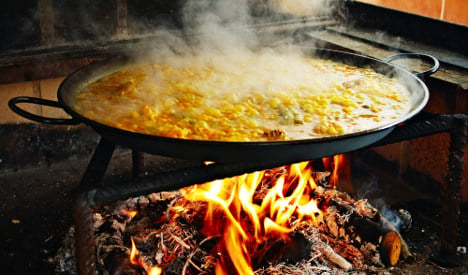
Photo: Jan Harenburg / Wikimedia Commons.
Unless you see somewhere on site that a large, wide, shallow pan is being heated over a fire with the ingredients inside, you're not getting the real deal.
The word “paella” actually is used in Valencia to describe the special steel pan for cooking the dish. The traditional preparation involves cooking the rice, vegetables and meat together over a heat source like hot coals, though Wikipaella gives special awards to those who use firewood.
Just 48 of the 262 restaurants this year were distinguished for doing so.
3. It is served in an individual portion
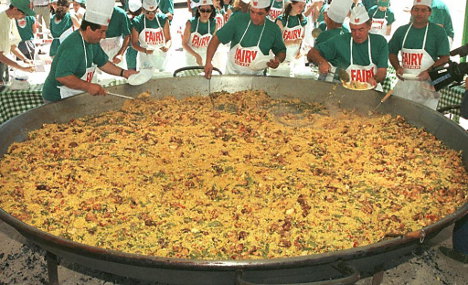
Photo: STR/AFP.
The recipes recommended by Wikipaella are all for large batches, serving four people. The site says that true paella should be able to be eaten “directly from the pan with a wooden spoon”, implying a sharing culture.
So this isn't meant to be a solitary meal – be skeptical if a restaurant seems to just be serving up individually prepared plates rather than steaming hot pans. That single dollop is probably not fresh.
4. You have it for dinner
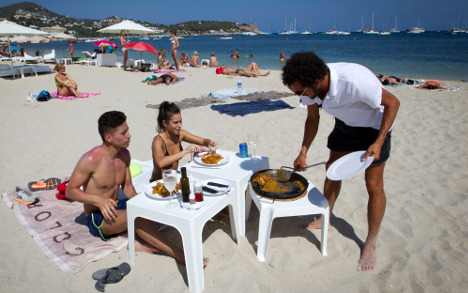
People eat paella in Ibiza. Photo: Jaime Reina/AFP.
As previously mentioned, Valencia as the birthplace of the famous rice dish has the vast majority of traditional restaurants. But arroz a banda can be found in restaurants across Spain, especially touristy coastal areas.
A full list of the eateries deemed top-quality can be found on Wikipaella's website here.
5. It is not fresh
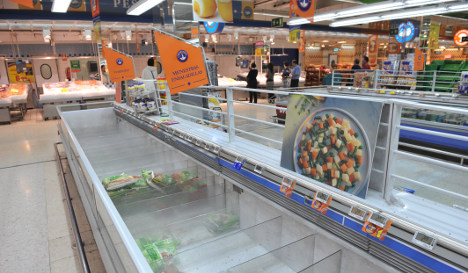 Photo: Philippe Desmazes/AFP.
Photo: Philippe Desmazes/AFP.
The ingredients for paella are supposed to be fresh and Wikipaella likes to highlight the places that pluck their own vegetables right from the garden.
So, no – those frozen dinner versions found in supermarkets should not be able to call themselves paella. Don't even bother.
6. It isn't made by someone who “carries paella in their hearts”
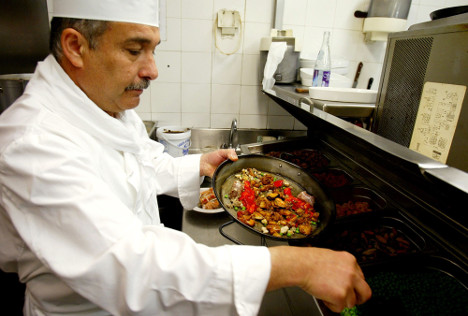
Photo: Cesar Rangel/AFP.
In order to get the thumbs-up from the Wikipaella deciders, the chefs must commit to its mission and promise to “carry paella in our hearts, and travel with it as far as we can”.
So that's the main question to ask yourself: Does this restaurant really care about the centuries-old tradition of paella? Or are they just trying to get tourists and non-natives in the door?

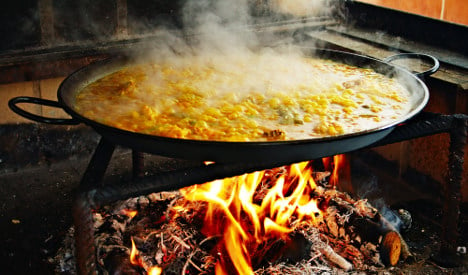
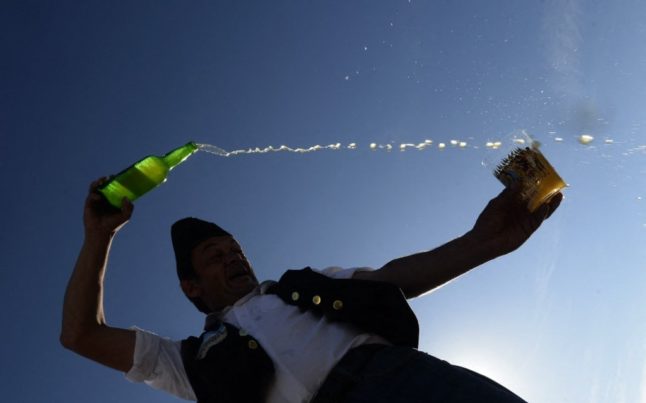

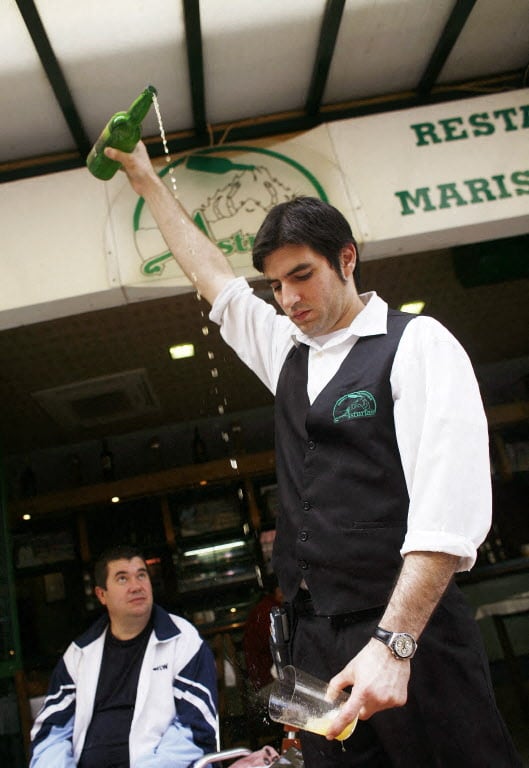
 Please whitelist us to continue reading.
Please whitelist us to continue reading.
Member comments